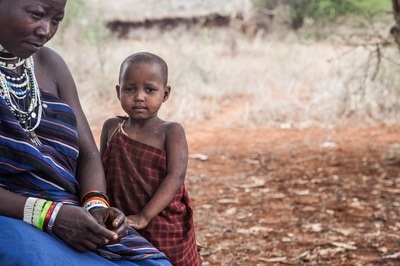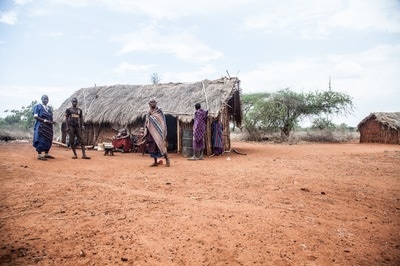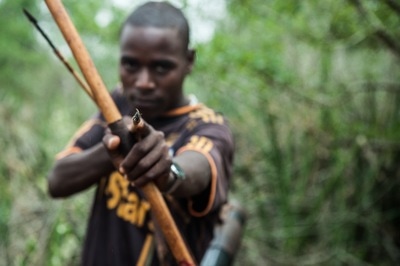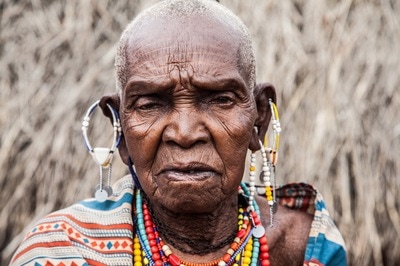The Akie or ‘Dorobo’ people don’t have records, but they know from stories passed down through generations that their people have lived in the Kitwai area for hundreds of years. They are an ancient tribe of hunter-gatherers who strive to live today as their ancestors have for many generations. However, difficulties for the Akie way of life began about 10 years ago.
“The CCRO process has increased communication with surrounding communities and built reciprocal relationships for land use. My son Elias is 13 years old. He has been involved in hunting with his father since he was 6 years old. I’m so happy and excited to see our land protected, so that I can wish for this land to remain for my son’s future."
- Anna, local villager, Kitwai B
Copyright 2020 Ujamaa Community Resource Team - All Rights Reserved






